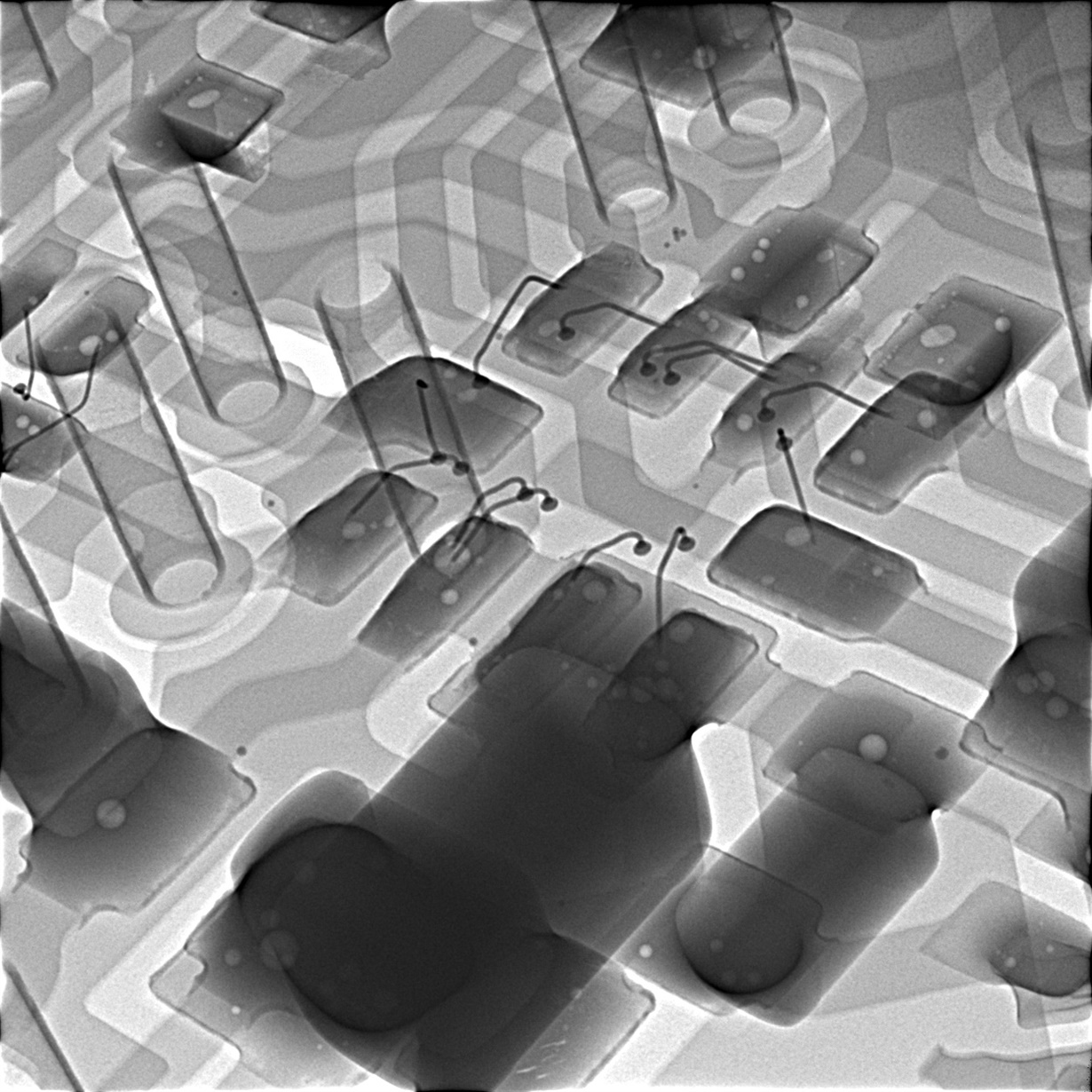Hi,
We use the reference ADS1118IRUG on one of our boards under development.
There is a component on each side of the card (one in TOP, the other in BOTTOM) and systematically the component on BOTTOM does not work after assembly in machine (the IC on the top side always work).
We replaced the components by hand, after which they work.
We are therefore thinking of a problem linked to the fact that the components on the BOTTOM side undergo twice the passage in the oven, unlike the components on the TOP side.
What do you think and do you have other possible explanations for our problem because in the current state of things we cannot start the production of our circuits?
Feel free to ask for additional informations if needed,
Thanks,
Cyril.
-
Ask a related question
What is a related question?A related question is a question created from another question. When the related question is created, it will be automatically linked to the original question.








